
Environment
09:59, 22-Jan-2019
Chinese shipyards take lead in retrofitting ballast water management
By Michael Wang, Yang Xiao, You Yang
03:52
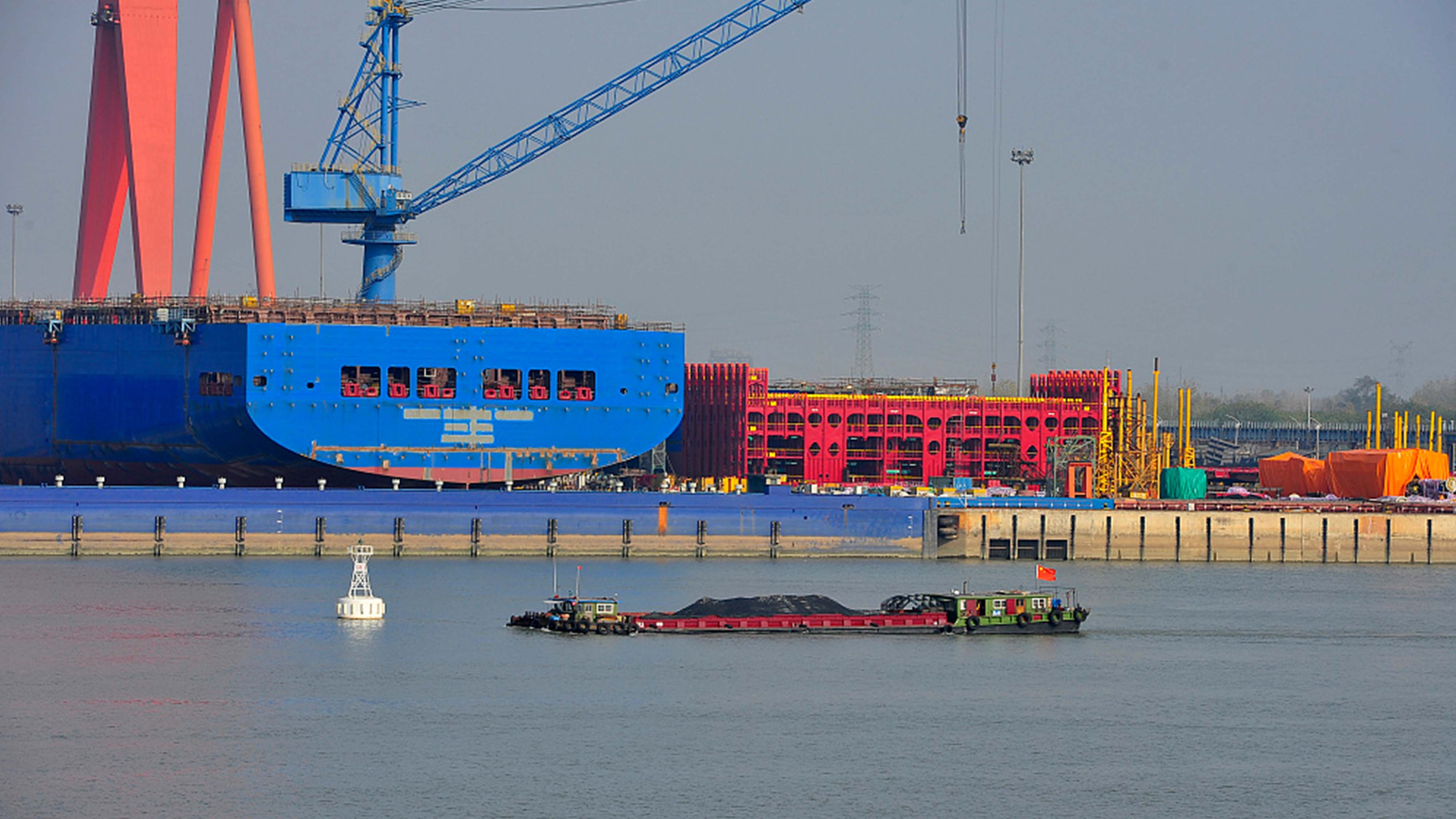
As China is set to officially enforce the ballast water management convention, earlier we headed to one shipyard in east China's Zhejiang Province. This shipyard is at the forefront of retrofitting ships with systems required by the convention to treat invasive species before they reach foreign ports.
In the engine room of this American ship docked in Zhoushan, the welding torches of the repair crew have been on full blast for days. The heat and humidity in the belly of the ship is suffocating. But what these men are doing relates directly to the sustainability of marine environments around the world.
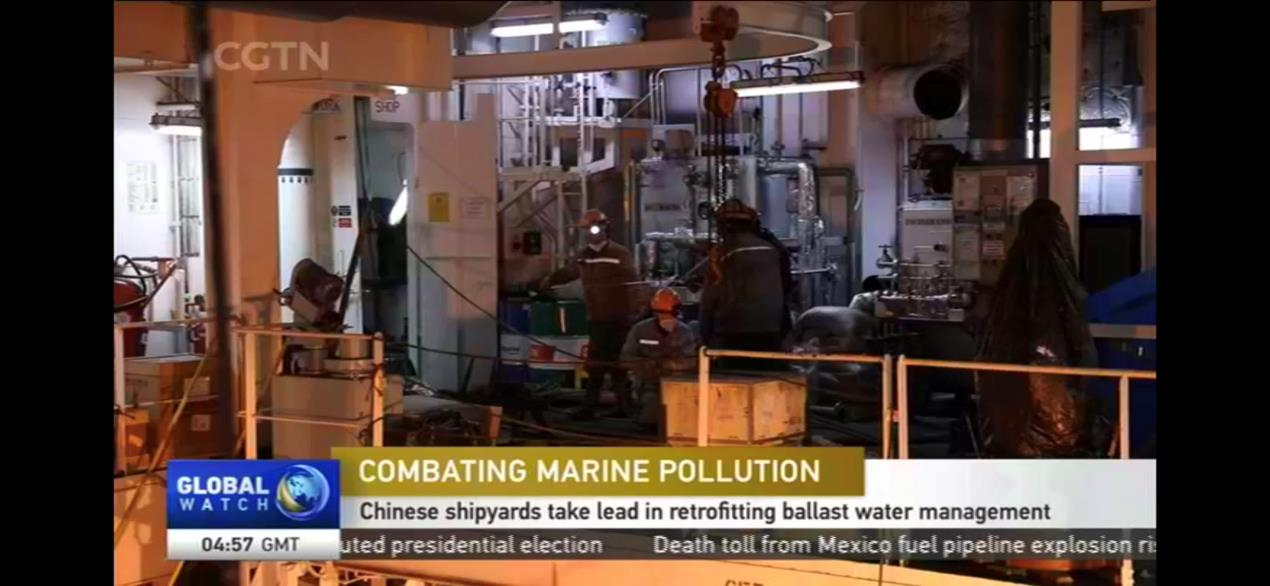
The engine room of the American ship docked in Zhoushan, east China's Zhejiang Province /CGTN Photo
The engine room of the American ship docked in Zhoushan, east China's Zhejiang Province /CGTN Photo
They're retrofitting international freighters with ballast water management systems which prevent invasive aquatic species lurking within a ship's ballast water from taking hold in a marine environment foreign to its origin.
As the Chairman of International Maritime Organization Council Zhang Xiaojie says, the harmful aquatic organisms and pathogens present a great threat to marine environment. Zhang stressed the problem had been identified as one of the four greatest threats to world oceans.
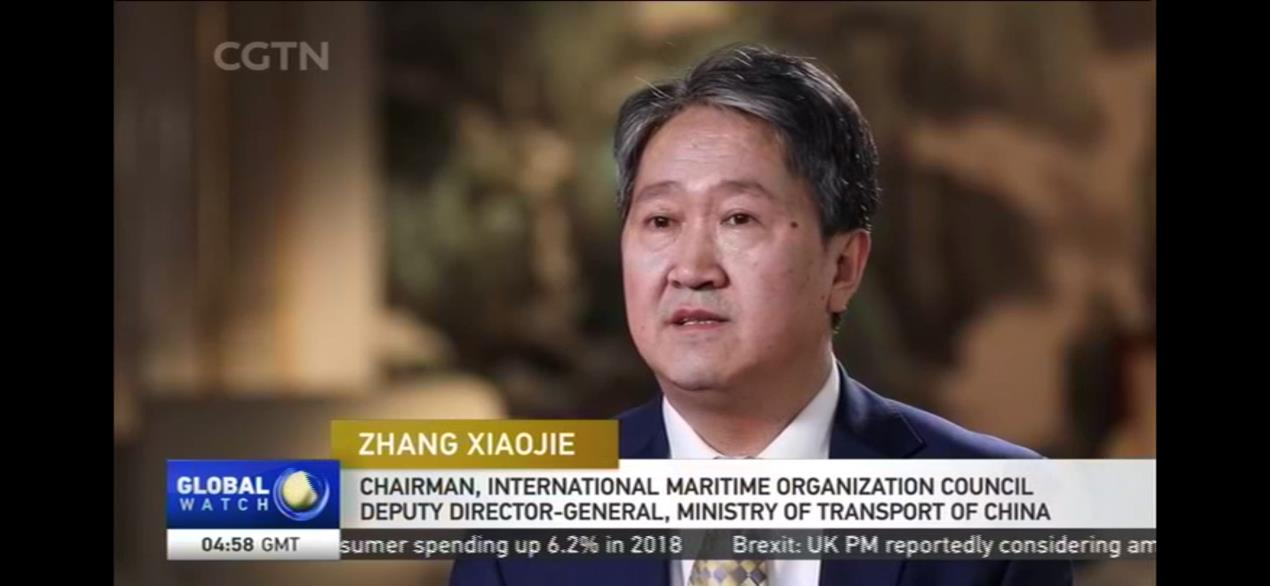
Zhang Xiaojie, chairman of International Maritime Organization Council /CGTN Photo
Zhang Xiaojie, chairman of International Maritime Organization Council /CGTN Photo
The International Maritime Organization estimates that invasive species discharged from a ship's ballast water costs the global economy over 100 billion U.S. dollars each year. To tackle this pressing challenge, countries have adopted the ballast water management convention, requiring ships to install systems to eliminate invasive species before docking.
The deep coastlines of Zhoushan are home to the largest concentration of shipyards in all of China. According to Xia Songkang, CEO of Zhoushan Xinya Shipyard, China is poised to take the lead when it comes to retrofitting ships with these advanced systems. Xia said through the convention, 80 to 90 percent of global retrofitting for ballast water management systems will occur here in China, especially in the next few years through the end of 2022.
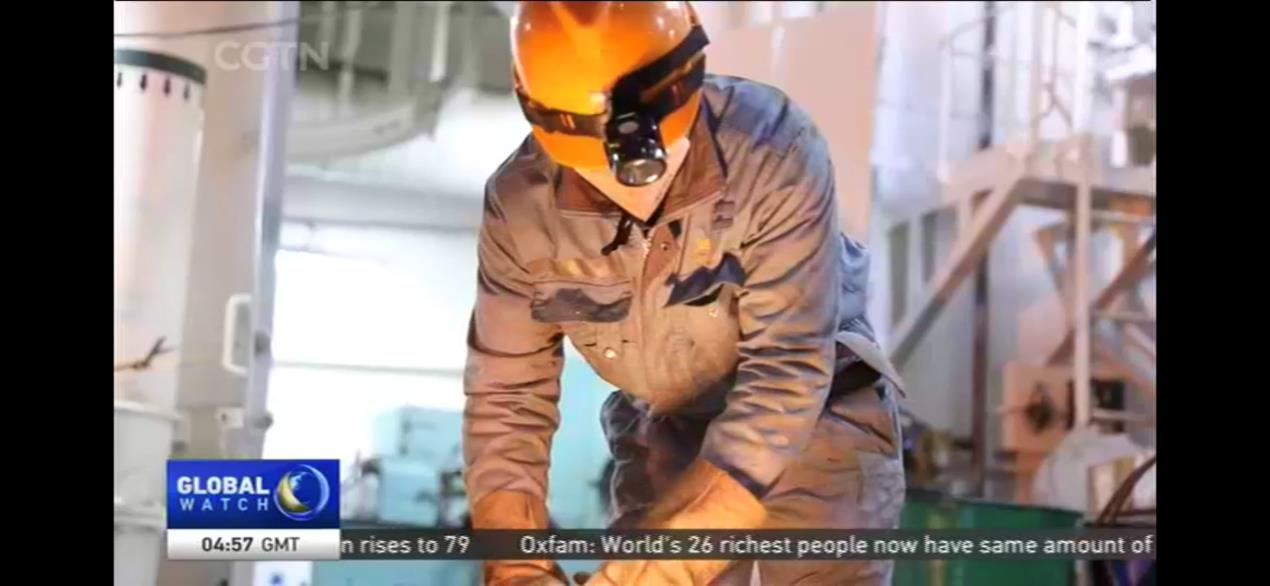
The repair crew retrofitting international freighters with ballast water management systems /CGTN Photo
The repair crew retrofitting international freighters with ballast water management systems /CGTN Photo
Ship experts tell CGTN that's because China holds a number of competitive advantages, from being cost-competitive without jeopardizing quality to speed and efficiency. But more importantly, due to China's complete supply chains in getting the job done. Ajay Sharma, a technical superintendent of the Executive Ship Management PTE in Singapore, told us logistics is a big advantage for China.
"We bring ship(s) to China because spares, stores, plus each and everything. It's easily available in China," said Sharma.
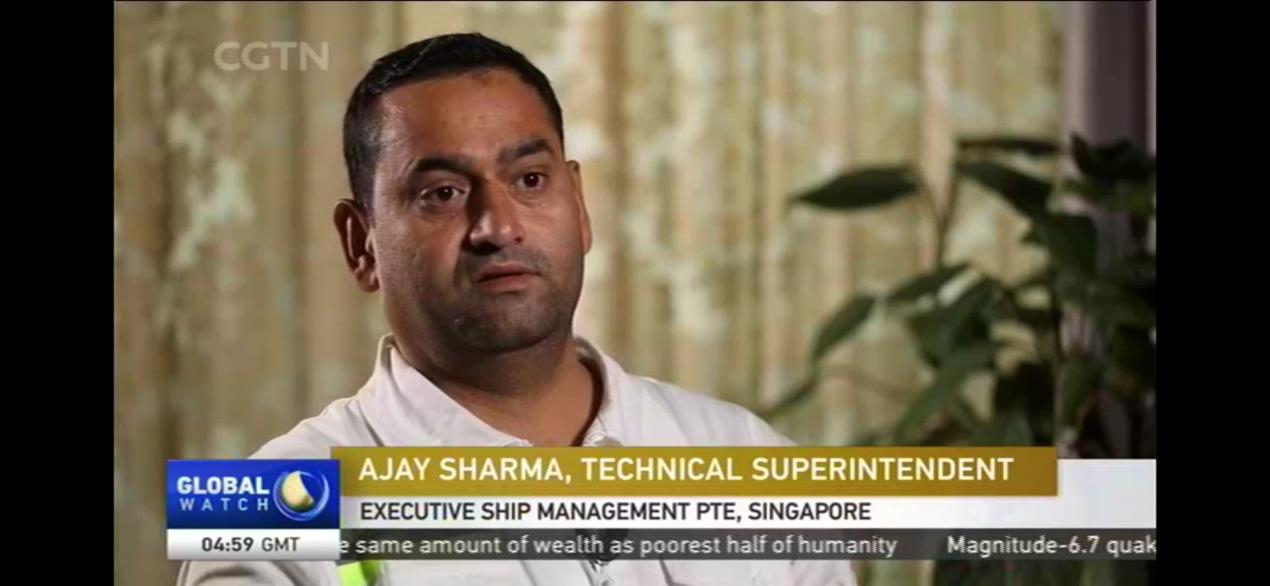
Ajay Sharma, a technical superintendent of the Executive Ship Management PTE in Singapore /CGTN Photo
Ajay Sharma, a technical superintendent of the Executive Ship Management PTE in Singapore /CGTN Photo
China's enforcement of the ballast water management convention on January 22 is a move to uphold its international maritime responsibilities, making sure that aquatic species from its waters are not transplanted to other marine environments. However, with 18,000 kilometers of coastline and millions of tons of ballast water released each year in Chinese waters, the move also ensures the sustainability of the country's own marine economy.

SITEMAP
Copyright © 2018 CGTN. Beijing ICP prepared NO.16065310-3
Copyright © 2018 CGTN. Beijing ICP prepared NO.16065310-3